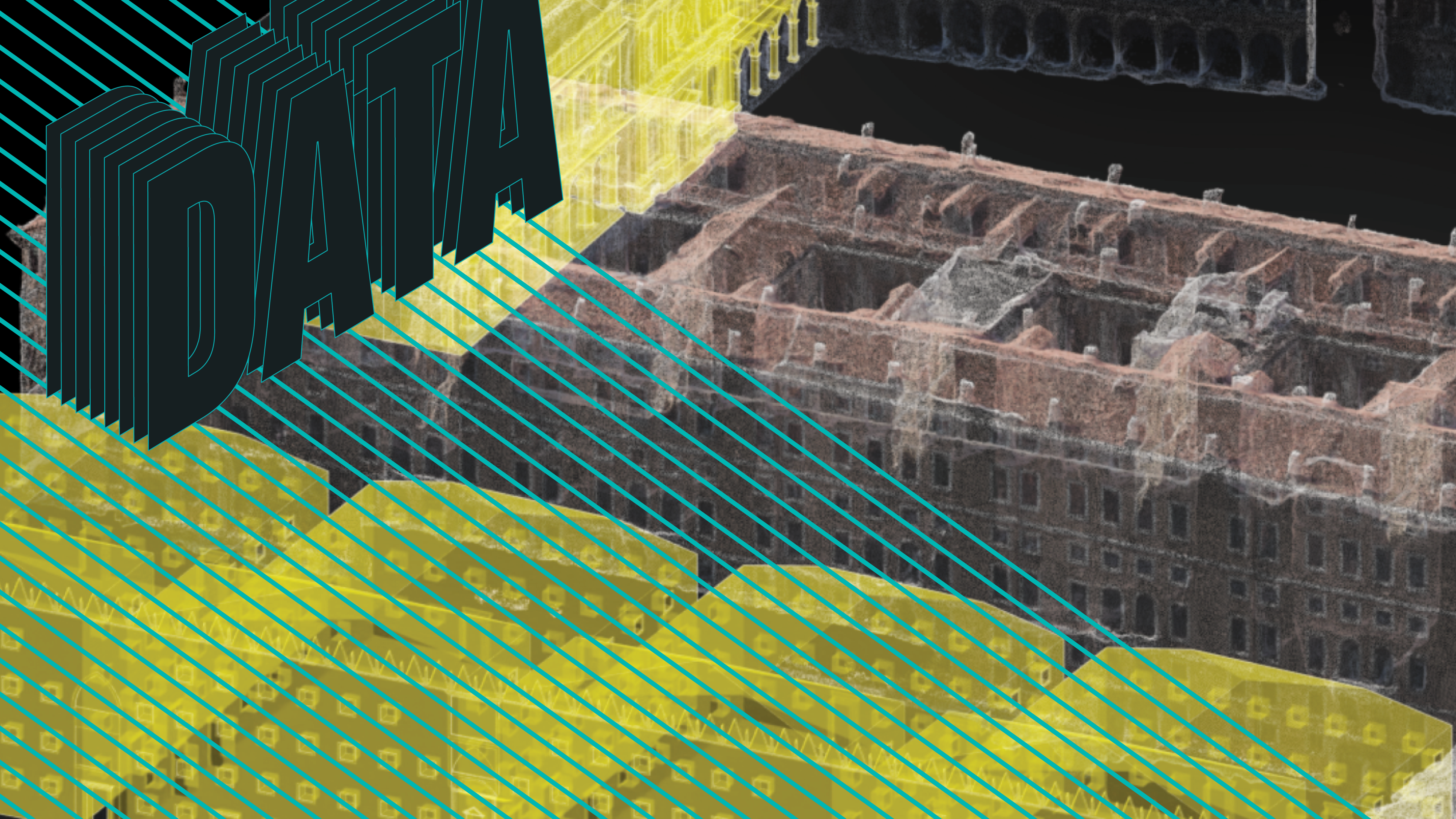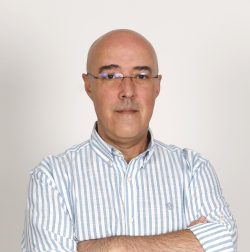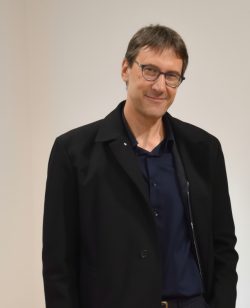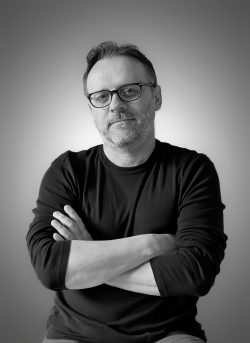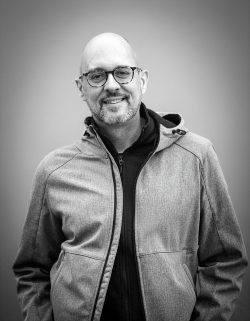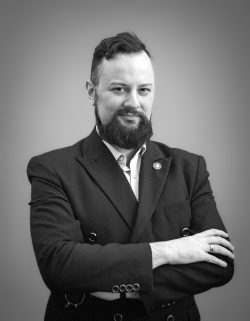Press release
The 3DBigDataSpace Data Synergy Call has selected two outstanding projects that will enrich the availability of high-quality online 3D cultural heritage datasets. Both projects were developed independently and have already achieved remarkable reconstructions of lost or fragile heritage. Through the Synergy Programme, they will now receive targeted support to prepare their 3D assets and metadata to become part of the Common European Data Space for Cultural Heritage — a pan-European initiative designed to make digital cultural heritage data more accessible, interoperable, and reusable across research institutions, museums, and the public.
Portomarín, Spain – A Submerged Village Brought Back as Data
The medieval village of Portomarín (Lugo, Spain), once a thriving stop on the Camino de Santiago, was submerged in 1963 beneath the Belesar dam. Researchers at the Universidade de Santiago de Compostela and the Centro Infográfico Avanzado de Galicia (CIAG) have already virtually reconstructed over 300 buildings using archival photographs, oral testimonies, and advanced 3D modelling.
With the support of the Synergy Programme, the project’s rich digital assets will now be prepared for integration into the Common European Data Space for Cultural Heritage. This ensures that modeling Portomarín’s virtual twin — already a valuable cultural and emotional resource — becomes a structured and reusable dataset available online for education, research, and community storytelling.
The Portomarín Virtual project was developed with the support of the College of William & Mary (USA) and the Galiverso experience (Cidade da Cultura, Xunta de Galicia). Carried out between September 2022 and June 2023, it was directed by Professors Julio Vázquez Castro and Jesús Ángel Sánchez García, both from the Department of Art History at the University of Santiago de Compostela. The project also benefited from the collaboration of graphic designers Carlos Paz de Lorenzo, Anxo Miján Maroño, Alexandre González, Manuel García, Alejandro Soriano, and Andrés Armesto, all members of the CIAG. The participation of Portomarín’s residents, who still preserve memories of their lost town, proved essential in ensuring the historical accuracy of the reconstruction. Their contributions were led by photographer José López, who generously shared thousands of images from his personal archive.
Meet the team bedind Portomarín Virtual
Click images to view in full
Turin, Italy — Reviving a World’s Fair in Digital Form
The 1911 International Exposition in Turin once dazzled millions of visitors with its innovative architecture and cultural displays, most of which vanished once the fair ended. The Politecnico di Torino (Italy) and the University of California, San Diego (USA) have already reconstructed many of these structures — from the UNESCO-listed Valentino Castle to the Pavilion of Siam — through laser scanning, drone photogrammetry, H-BIM, and AI-assisted reconstruction.
With support through the Synergy Programme, these assets will now also be prepared for inclusion in the Common European Data Space for Cultural Heritage, ensuring that they are available in open formats with full metadata and paradata. This step transforms them from standalone reconstructions into part of a wider, interoperable data infrastructure, accessible for conservation, education, and creative reuse.
The interdisciplinary collaboration between the two universities — initiated in 2018 — marks a step forward for the Turin 1911 project, led by Cristina Della Coletta and Dominique Rissolo from UC San Diego, together with Alessandra Spreafico and Filiberto Chiabrando from Politecnico di Torino, and supported by a large team, including Mohammadreza Mehdizadeh, Erica Casareto, and Mahtab Khoddami — from Politecnico di Torino — for the 3D digital reconstructions.
The scientific 3D digital models — based on digital surveys and archival materials — bring to life a past world that is today mostly lost. By digitally restoring the vanished fairgrounds, the Turin 1911 project serves as a forerunner for reconstructing other World’s Fairs, whether from the distant or the recent past.
Building a Shared 3D Heritage Infrastructure
The Synergy Programme supports projects like Portomarín and Turin 1911 in making their digital assets not only visible, but also usable within a European framework. By preparing their reconstructions in open, web-friendly formats such as GLTF/GLB and enriching them with metadata and paradata, the projects ensure their long-term accessibility and integration into the Common European Data Space for Cultural Heritage.
“We very pleased to have received 40 high-quality applications from 19 countries in response to the first Data Synergy Call. This demonstrates the high-interest from the community in the Common Data Space for Cultural Heritage and in making the results of their 3D digitsation and reconstruction more accessible.” (Alexandru Stan, Technical Coordinator)
About 3DBigDataSpace
Launched in February 2025 and funded by the Digital Europe Programme, 3DBigDataSpace aggregates over 50,000 high-quality 3D cultural heritage models into the Common European Data Space for Cultural Heritage. By combining interoperable storage with AI-powered enrichment, the project improves discoverability, metadata, and usability of 3D content, enabling immersive VR, AR, and 4D experiences. Pilot applications in museums, heritage sites, and educational programmes showcase its real-world impact, while training initiatives equip stakeholders across Europe to engage with and expand access to digital cultural heritage.
